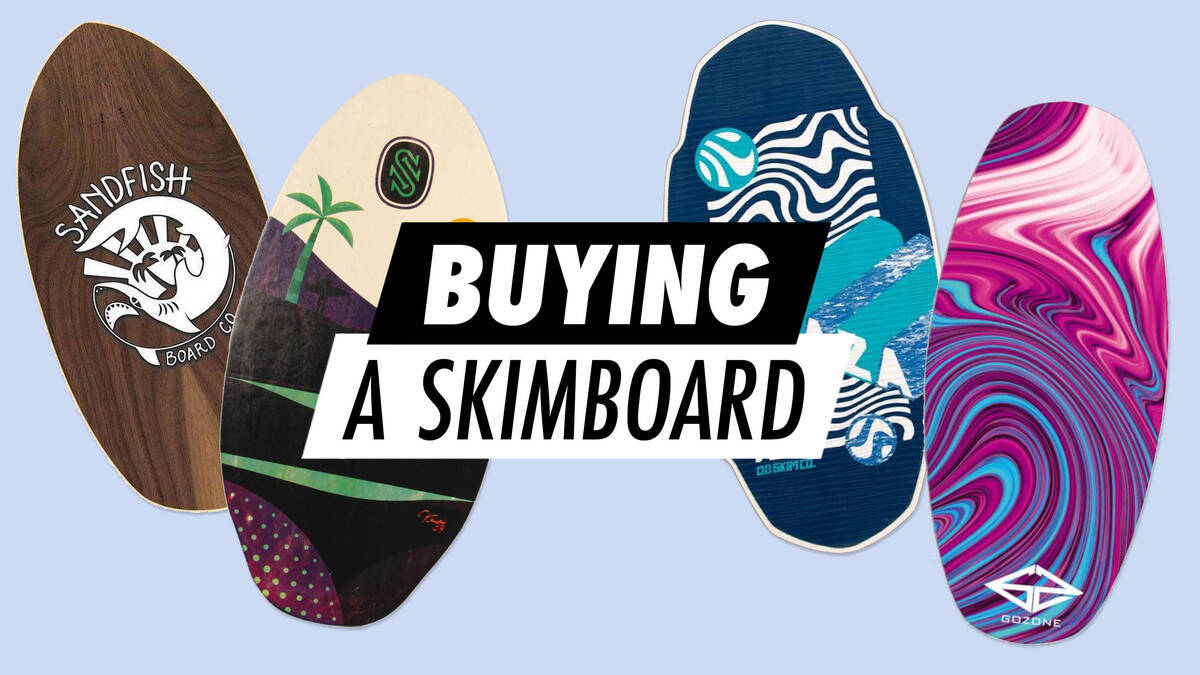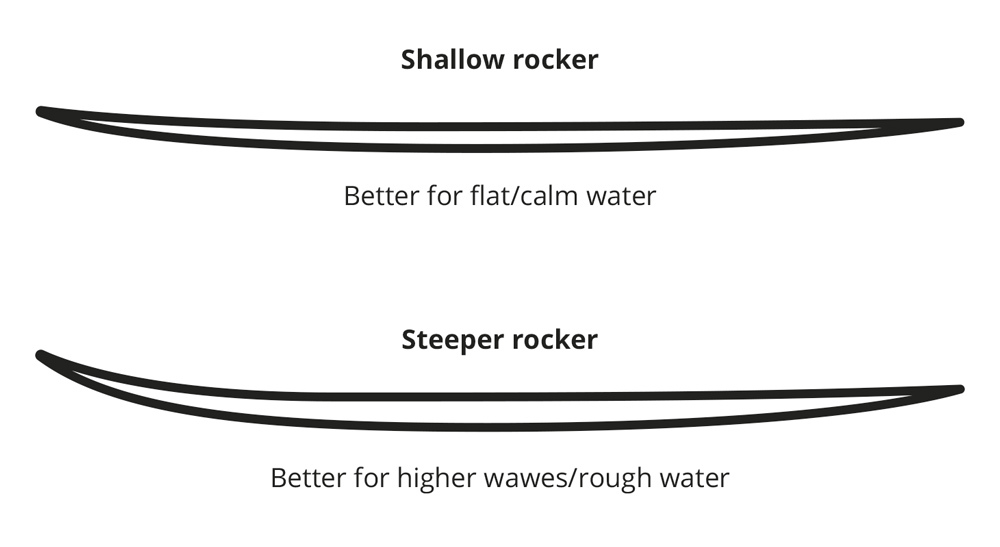Purchasing a Skimboard

Skimboarding, which involves gliding along the edges of the shoreline on flat boards, continues to become ever more renowned. Nonetheless, do not be deceived by their straightforward appearance – numerous considerations should be weighed before investing in a skimboard.
1. Choose Between Foam and Wood Boards
Skimboards are primarily crafted from two materials: foam or wood, and there are foam boards. Foam boards feature a sandwich construction, comprising a foam core layered between fibreglass and epoxy. These 'sandwich boards' are top-tier products that, although more delicate, offer excellent buoyancy and are apt for larger waves/skimming. In contrast, there are 100% foam boards, known for being lively, with high buoyancy, ideal for more leisurely use and suited for children. This variant, however, is more characteristic of bodyboards, so if seeking an enjoyable board for your child, feel free to explore our bodyboard section.
Other models, such as carbon boards, also exist but tend to be more professional and at a significantly higher price point.
Skimboarding can be broken down into two styles: flatland/inland (occurring in shallow, sandy locales like creeks, lakes, puddles, rivers, and low tides along the beach) and wave skimming (taking place at shore breaks into deeper waters with incoming waves). Taking these styles into account, as well as your capability level, can guide your choice towards either a foam core or a wooden board.
- Foam core boards are heavily favoured by wave skimmers owing to their lightness, thickness, and flexibility, allowing them to glide more effortlessly upon waves; their flexibility and buoyancy are well-suited to wavy conditions. Typically, foam boards are used by those at an intermediate or advanced stage or those focused on engaging in tricks on waves.
- Wooden boards fit well with flatland (also inland) skimming. Their heavier weight (offering low buoyancy) causes wooden skimboards to submerge more swiftly, thus they are better suited for shallow waters. Novices might opt for these boards because they are cost-effective and durable, or for those interested in stunts on platforms, bars, etc., for which wood offers better resilience.
2. Consider the Size
Determining the appropriate size for a skimboard involves considering several elements like your weight, height, how fast you can run to reach a wave or slide, your proficiency level, and your style.
Your speed is a key determinant. Increased speed enhances the board's buoyancy, facilitating easier skimming. Nonetheless, your weight on the board also affects buoyancy. As the board's size increases, buoyancy improves.
Seasoned skimmers generally opt for smaller boards due to their manoeuvrability, which eases the execution of tricks.
Conversely, less experienced skimmers benefit from larger boards that support their weight, easing surface skimming, enhancing balance (owing to increased foot area), and generally increasing speed.
3. Board Curvature (Rocker) and Tail Design
Flatland skimboards are predominantly twin tip, or symmetrical, meaning both ends maintain the same design. This symmetry aids in executing tricks in either direction. Among the popular twin tip designs are Streamline and Proto. While Streamline enhances flexibility, Proto offers more steadiness.
Skimboards for flatland activities echo skateboarding due to their frequent use in tricks and their sturdy, wooden build, rendering them suitable for use on bars and obstacles. Such boards are ideal for individuals wishing to adapt their skateboarding skills to water sports.

Boards with disparate tip and tail shapes are customary for wave skimming. These directional boards align more closely with surfing.
The rocker pertains to the curvature of the board's nose (tip). A steeper rocker (sharply curved nose) aids in skimming choppy waters though it may decrease speed. In contrast, a board with a shallow rocker (flatter nose) suits calmer waters where greater speed can be achieved.

At the board's rear, there is the tail, which varies in form, with the most common types being the pintail, squash tail, rounded, and W-tail (swallow tail). Pintails contribute to balanced water performance, while square and W-tail variants increase the board's agility, enhancing trick execution.

Prepared to Choose?
With this knowledge, you are now equipped to select the optimal skimboard for your needs:
- Determine the type and material
- Select the appropriate size
